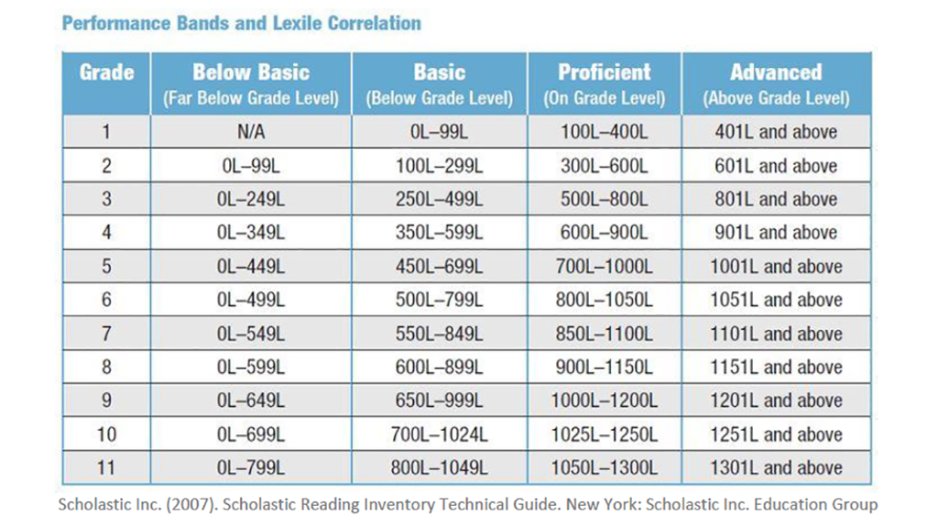Plain Language is a Civil Right
Unclear, overly complex, or specialized language use can impede communication in a variety of societal contexts, and it can be intimidating and unwelcoming. Within the public school system specifically, difficult language can prevent parents and caregivers from understanding services they are entitled to and regulations affecting them or their children. Communication should be clear and accessible, intelligible, relevant, and usable without requiring specialized knowledge or training.
“Schools must communicate information to limited English proficient parents in a language they can understand about any program, service, or activity that is called to the attention of parents who are proficient in English.”
U.S. Department of Justice and U.S. Department of Education
A major concern about translating materials for non-English speaking parents (in addition to accuracy and tone of the translation) is the readability of documents (i.e., vocabulary, text complexity, etc.). To ensure non-English speaking parents have access to readable and understandable print materials, it is a best practice to have communications produced at the 6th to 7th grade range, but no higher than 8th grade.
Best Practice
To determine grade-level readability, a Lexile Analyzer such as the one found here is commonly used. After obtaining the Lexile score for the document, determine its grade-level readability using the "Performance Bands and Lexile Scores" table below.
If you require additional assistance, please contact the NYS Statewide Language RBERN.


